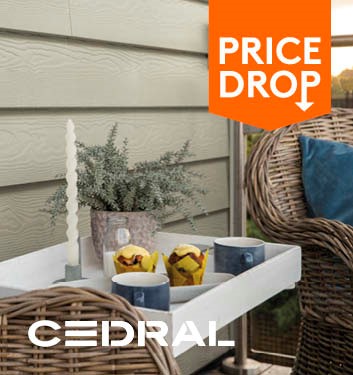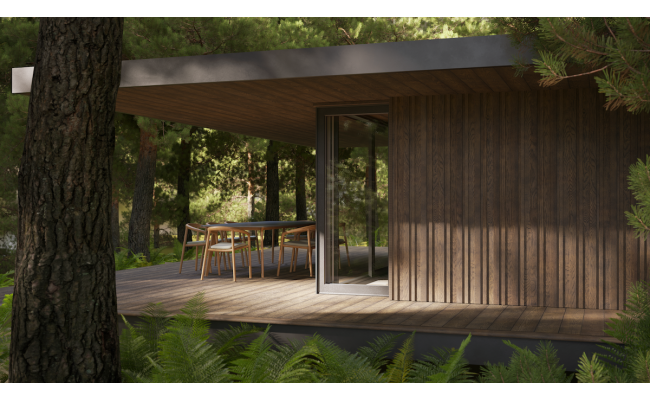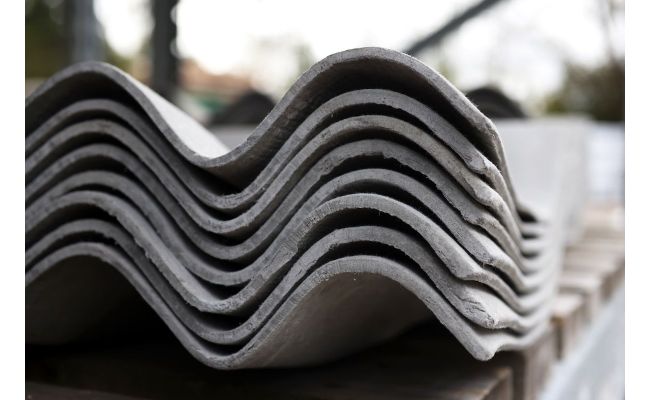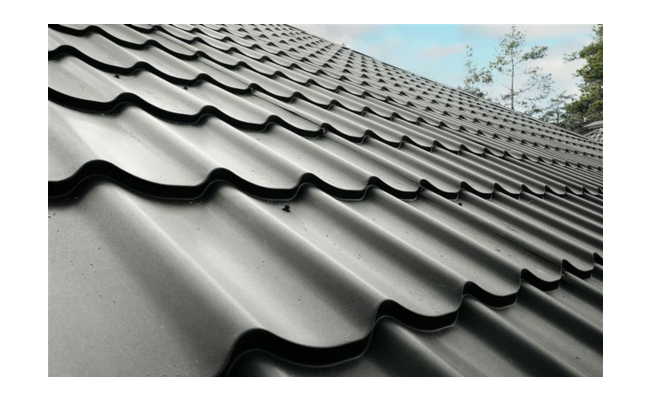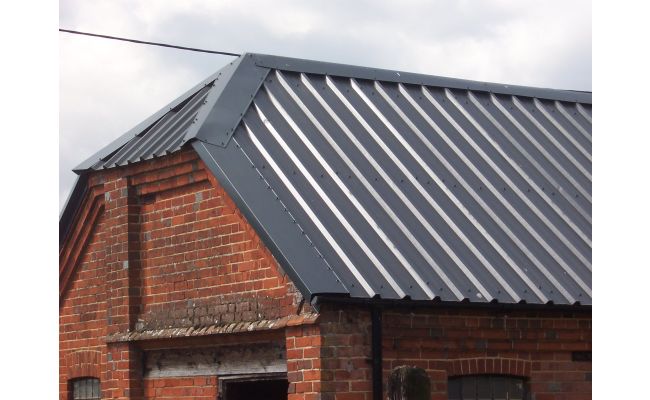Composite decking is designed to be stronger and more durable than wood, with the added benefit of being lower maintenance than timber as well. However, many people still don’t realise that composite decking is an upgrade from wood, instead opting for a timber deck and getting stuck in a cycle of replacing rotten lengths, sanding and repainting. With this in mind, we have researched common misconceptions about wood alternative decking with a view of setting the record straight.
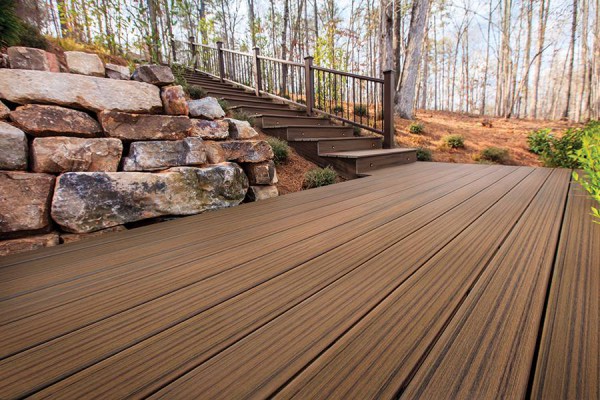

Common Wood Alternative Decking Myths Dispelled
Myth 1: Wood alternative decking looks fake
When composite decking first became widely available, there were arguments was too sleek, lacking details and texture. The look of wood alternative decking has improved along with the technology and these days there is a variety of looks and finishes that look so similar to real wood that
Myth 2: Composite decking is bad for the environment
While decking produced from virgin wood will never meet acceptable environmental standards, many decking brands actually offer a significantly more eco-friendly option; composite. Some composite decking, such as Trex, is made from 95% recycled materials, including reclaimed wood and plastic waste, which helps reduce the amount of materials going to landfill and conserves natural resources.
The production process of composite decking is also much more energy efficient than that of timber, and because composite decking is long-lasting and requires minimal maintenance, it removes the need for chemical treatments and frequent replacements that are common with traditional wood decking.
Myth 3: Wood alternative decking is less robust than wood
A common complaint about wood alternative decking is that there is too much flex in the boards when walked on. Rather than being a fault of the boards, this movement can often be attributed to poor installation, with joists placed too far apart causing the boards to sag in the middle. Composite decking boards may have a little more flexibility than solid wooden boards so it is vital that the framework the deck will be fixed to is well installed, without too great a distance between joists.
Myth 4: Composite decking is expensive
Admittedly, your initial outlay for composite decking will be higher than if you were buying the equivalent in wood. However, composite decking means you can remove the cost of maintenance, beyond the price of a bucket, a sweeping brush, some soapy water and an hour of your time each year. If the price of lumber continues to increase, that difference will continue to decrease, removing the final obstacle preventing most homeowners from upgrading from wood to composite decking; cost.
Wood alternative decking is strong, durable, versatile, easy to install, and visually appealing. It requires much less maintenance than wooden decking and it lasts much longer. If you’re looking for a cost-effective way to deck your garden, composite decking boards could be the right choice.
View the collection of wood alternative decking and accessories available from Southern Sheeting.

